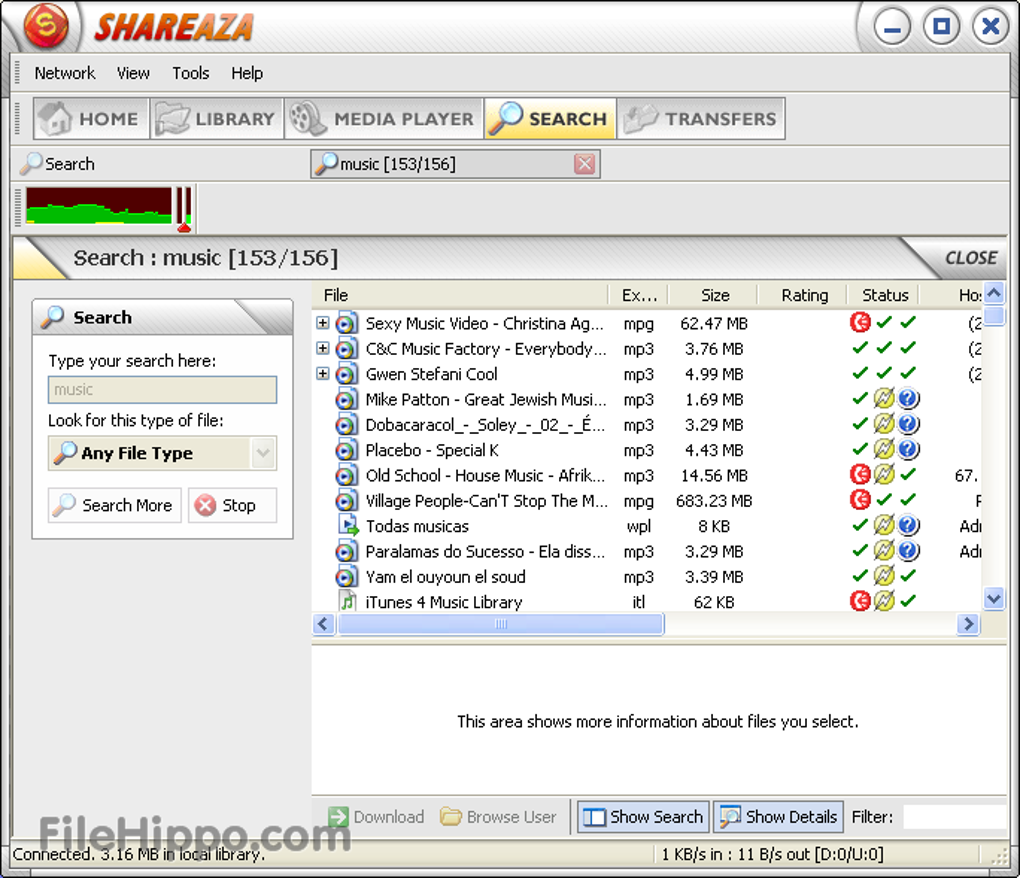
Don’t forget to click on “Apply” after changing this configuration. In Figure 3, you can see how our eMule was configured and then in Figure 4 you can see eMule correctly configured. You need to change that to 4660 for TCP protocol and 4670 for UDP protocol. On the eMule version we installed it was using ports 19034 for TCP protocol and 17157 for UDP protocol. The first thing we should do is to reconfigure eMule to use a different set of TCP/IP ports. The goal of our tutorial is to make your computer to pass this test, thus giving you a high ID on eMule. As we had this low ID problem, the result wouldn’t be different than the one shown in Figure 2 (once again we removed our IP address from this screenshot for security reasons). This will test your connection to check if people on the Internet is being able to access files located in your computer. To test your connection, go to Options, Connection and click on Test Ports. The correct would be getting a “high ID” status (for security reasons we removed our IP address from this screenshot).
#SHAREAZA CONNECTION TEST PC#
After downloading and installing eMule on our PC we hit “Connect” and we got a “low ID” status, as shown in Figure 1 (follow the red arrow). You will be able to adapt this tutorial to other programs very easily. The basic idea shown on this tutorial is exactly the same for other programs the only different thing will be the exact location of the options we need to change on the program. On this tutorial we will use eMule as our example. Keep in mind that when using P2P programs your computer will act as a server, delivering files (and parts of incomplete files) to other users. In other words, while the firewall will allow outgoing connections, it will still operational, blocking incoming connections. Usually by simply “opening” ports on your firewall programs have access to servers on the Internet using these ports, but it doesn’t allow other computers on the Internet to have access to your PC.

So in theory it would be just a matter of “opening” the ports that your P2P program uses on your broadband router control panel to solve this issue. Since broadband routers work as a firewall, they block all connections using non-standard ports. This problem happens because P2P programs use non-standard ports to work.
#SHAREAZA CONNECTION TEST HOW TO#
In this tutorial we will teach you how to configure your router to correctly allow P2P file sharing programs to work. As a consequence you will get lower transfer rates and also won’t be able to initiate file downloading from users that are also “firewalled”. If you built your own network using a broadband router, the router will automatically prevent any P2P file sharing program (eMule, Shareaza, etc) from working correctly on your network: it will either get a “low ID” or will be shown as “firewalled”.


 0 kommentar(er)
0 kommentar(er)
